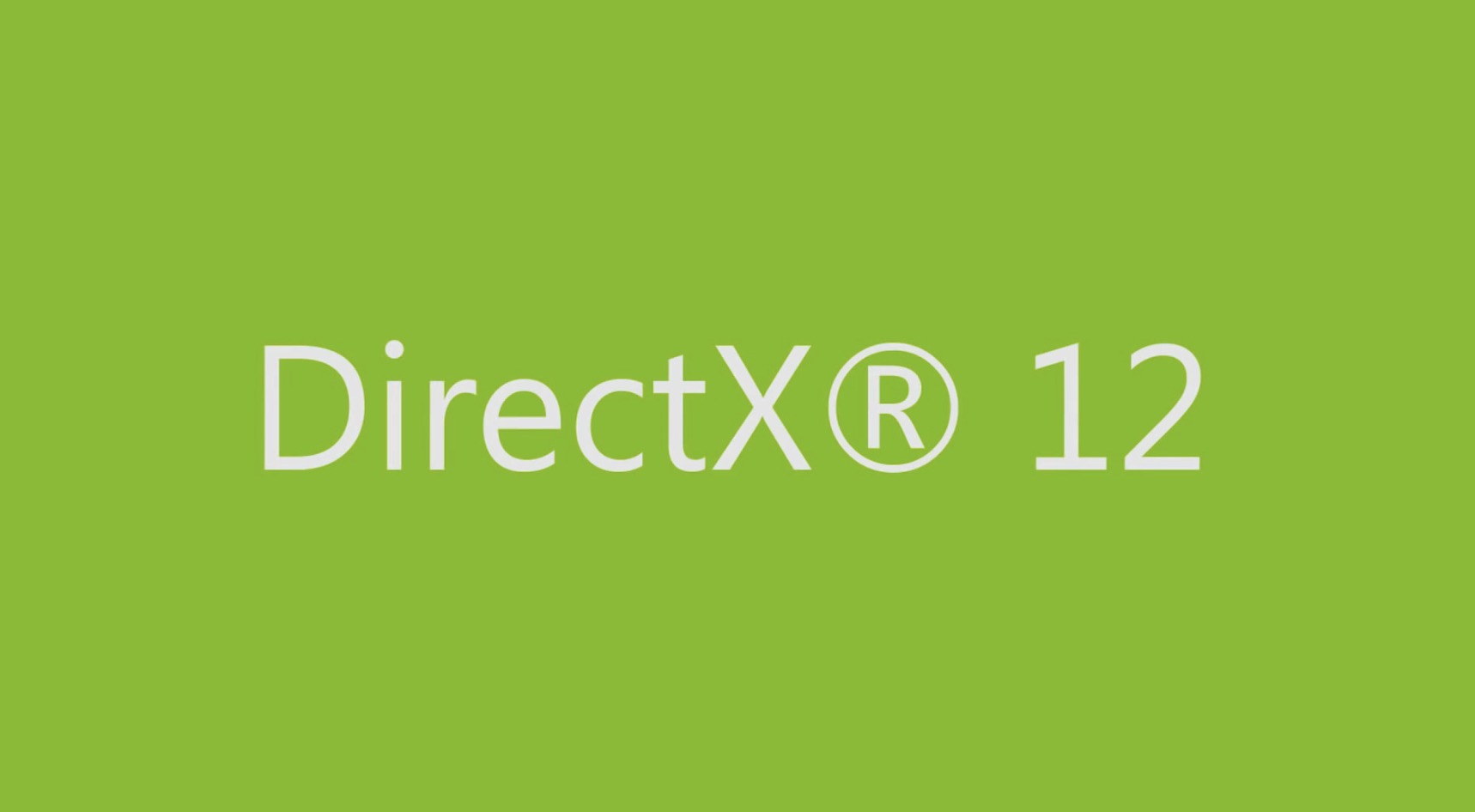Nvidia is constantly tweaking the underlying software that controls Nvidia graphics cards. Updated drivers are often released every few weeks. Installing the latest drivers will ensure that you get the best performance out of your games.
Manually Updating
Open the DirectX Diagnostic tool.
This is the quickest way to find your exact graphics card model. Skip this step if you already know your graphics card model.
- Press and type dxdiag.
- Click the tab. Look at the “Chip Type” entry. This is your graphics card model.
- Click the tab. Look at the “Operating System” entry to see if you’re running a 32-bit or 64-bit version of Windows.
Visit the Nvidia GeForce website.
You can download the latest drivers from the GeForce website (geforce.com).
Click the “Drivers” tab.
Most Nvidia cards are “GeForce” cards. Visit the nvidia.com website instead if your card is from another line.
Select your graphics card.
There are three ways that you can select your drivers:
- Automatic Driver Updates – Use the Nvidia GeForce Experience program to manage driver updates. Click here for more details.
- Manual Driver Search – Use the information from Step 1 to select the correct driver. The four most recent drivers will be shown.
- Auto-Detect Your GPU – The Nvidia website will use a Java applet to detect your graphics card and display the correct drivers. You will need Java installed to run it. The current applet is out of date, which may cause problems with some browsers. You’ll have an easier time using one of the other two methods in this step.
Download the latest drivers.
Click the link to download the latest version of the driver. You should always download the latest version unless you specifically need an older one. The latest version will often give the best performance.
Run the installer.
Run the downloaded installer to update your drivers. The installer will automatically remove the old drivers and install the updated ones.
- Most users can choose the “Express” option during installation.
- Your screen may flicker or go black for a short time during installation.
Use System Restore if the new driver causes problems.
When the driver update is installed, a system restore point will be created automatically. This will allow you to roll your system back to before the driver was installed.
- Click here for more details on using system restore.
Using the GeForce Experience
Download and install the GeForce Experience program.
This is an Nvidia program which manages your Nvidia drivers and game settings. You can download the installer from geforce.com/geforce-experience.
- The installer will scan your system for supported hardware. You will likely encounter an error during installation if you don’t have an Nvidia graphics card or are using an older product.
- Launch the program after the installation has completed.
Allow GeForce Experience to update.
When you start GeForce Experience, it will check for any available updates.
Click the “Drivers” tab.
Any available driver updates will be displayed. Click the “Check for updates” button if GeForce Experience hasn’t checked recently.
- Once you have the application installed, you’ll be automatically notified when new drivers are released.
Click the “Download driver” button to download an available update.
GeForce Experience may have already downloaded the files.
Click the “Express Installation” button.
Advanced users can choose the Custom option. Most users will be fine with the express installation.
- The custom installation will allow you to choose which of the drivers you want to install.
Wait for the driver to install.
GeForce Experience will handle all of the installation work. Your screen may flicker or shut off for a moment during installation.
Use the System Restore tool to roll back if something goes wrong.
Windows will create a system restore point when your Nvidia drivers are updated. You can boot into Safe Mode and run the system restore utility to roll back to before the drivers were updated.
- Click here for a guide on using the System Restore tool.
Updating Ubuntu Drivers
Open the Additional Drivers window.
Nvidia drivers are not automatically installed when you use Ubuntu. Instead, Ubuntu uses open-source drivers which aren’t as powerful. You can install the Nvidia drivers through the Additional Drivers window.
- Launch the Dash and type “drivers” to open the Additional Drivers window.
Wait for the list of available drivers to load.
This may take a few moments.
Select the latest driver from the list.
Make sure it is the driver from Nvidia, and not the “Nouveau” driver. Select the driver to begin downloading the files.
Click the “Apply Changes” button.
The Nvidia driver will be installed. Your screen may flicker or shut off during the installation process.
Reboot your computer.
Reboot your computer to complete the installation process.
